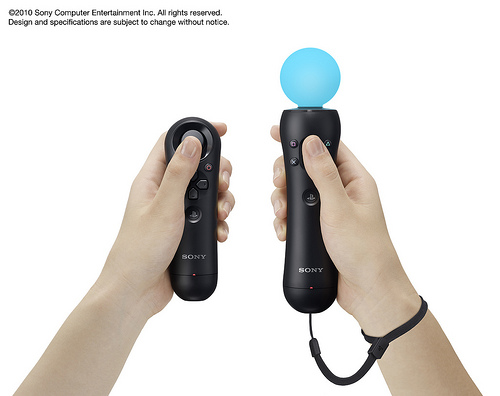A dark pattern is “a type of user interface that has been
carefully crafted to trick users into doing things against their best interest”
(Brignull, 2010). It is set in place to use human psychology into tricking
people to using real money to purchase something or to create a recurring bill
for the user. If a game has a dark pattern it does not mean it’s a bad game, it
means that the creator designed a game that influences players to use real
money to either create an advantage for themself or continuing the story. Bad games
are things with reoccurring errors, lazy programming and all-around bad
gameplay, graphics and any other aspect of the game.
 |
| Figure 1 - Creating Dark Patterns |
So why do designers create these dark patterns, why would
they join the “dark side” and intentionally create scenarios where players need
to pay money to play a game? The answer is based on a receipt of a few things. The
creator needs to be in an aggressive environment, they need to be in
competition and they would need to create higher profit from the game. There would
have to be a huge emphasis on metrics and it would also need social proof,
people would need to accept that what they are doing is adequate for them. Another
factor a designer needs to take a look at is creating an easy in and difficult
out situation. This is where it is easy to get into the paying option but very
difficult to get out of the payment option. An example of this is allowing
people to pay for a service for life and say that you have 24 hour customer
service but when the customer wants to opt out they must instead call an
insurance company. So instead of 24 hour service the customer would get Monday –
Friday from 8am to 4pm. This is a great way to make people stay on the program
because if a person calls on a Friday night they must wait at least 2 full days
before they can call again, this might encourage them to give up or forget
about discontinuing the services.
 |
| Figure 2 - 24 Hour Service does not always mean around the clock help! |
If a designer wanted to create a dark pattern he/she would
have to consider player expectations. Players will not pay for something they
do not care about. The designer must first create an appeal that attracts a
large target audience. Then they must create a hook, something that continuously
draws players back to continue to play. Once these factors are acknowledged by
the player the dark pattern can be instituted and players are forced into
paying for something because they are already committed to the game.
| Figure 3 - Expectations |
Game designers must also take into consideration what types
of experiences the player will receive from the game. Dark patterns are usually
seen in social games, this is because player experience is linked with other
people, such as friends and family. If their friends are purchasing stuff to
make their social game better than yours, then you would have to purchase
things in order to keep up. The game becomes more of a competition and players
do not even realize that they are caught in a dark pattern.
 |
| Figure 4 - Social Games |
Questions to Consider
Should video game designers have a set of code of ethics?
What would make you play a game that makes pay to play?
References
http://darkpatterns.org/
Figure 1 - http://d.alistapart.com/_made/d/ALA338_darkpatterns_300_960_407_60.jpg
Figure 2 - http://www.norwoodcanada.com/images/pages/about_24_hour/24_hour_logo_big.png
Figure 3 - https://encrypted-tbn2.gstatic.com/images?q=tbn:ANd9GcQdV-Yz68qQ9YpnyJp40BM81nyG86rbnp4_SbHj0tEDbdIQVcBPnw
Figure 4 - http://www.insidesocialgames.com/wp-content/uploads/2010/03/Social-City.jpg



